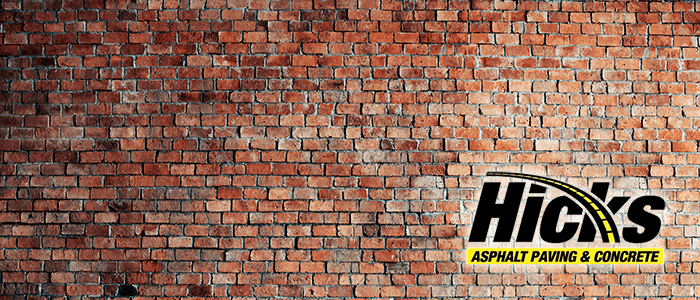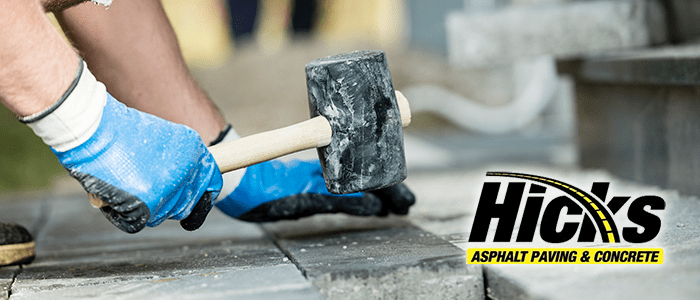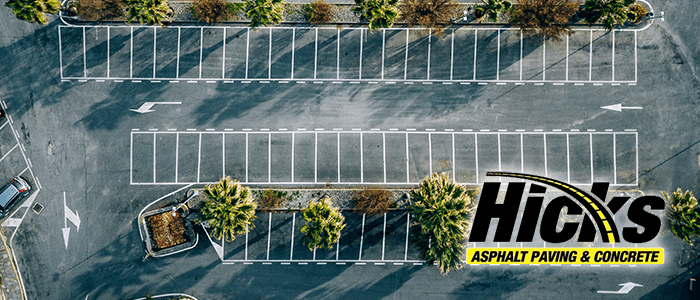Road work is something that we see our entire lives. When you are a kid you have fun playing with toy cars. Pushing them around on the ground, pretending they’re on the road, but have you ever thought about what goes into the creation of our modern roadways? There’s actually a lot that happens and quite a few people involved. Read on to learn why that road work that slows your daily commute is so important.
Where to Start
The first step in creating a road is planning. It is necessary to understand the need and uses of the area. Engineers and construction experts are involved in deciding what kind of road it should be based on the type and volume of traffic it will see. Planning for even easy road construction can take months before anything starts. Roads that include bridges or over passes can take many years to finalize plans. Other factors to consider when planning for a road are
- Terrain and soil properties
- Drainage capabilities
- The ratio of cars to trucks and buses
Once all of that is considered, construction experts and surveyors will develop solid plans for building. If any of the land being used is owned by private owners, then lawyers and government officials will figure out a price to purchase the land at. Town hall meetings will also be held at local, state, and federal levels so that if citizens have concerns those can be addressed.
Building Blocks
The first thing that needs to be done when starting construction is earthwork and site work. Huge machines come in to create a solid foundation for the road. Without this, the road will fail and does not last as long. Bulldozers and graders roll over dirt delivered by dump trucks to smooth out and even the ground. Gravel is added in layers and compacted to flatten it further. Storm drains are added to help make it easier for vehicles to travel in storms. Once that is inspected now it’s time to pave.
Asphalt and concrete are the most common materials used. Asphalt uses an oil based product call Bitumen to hold together the sand and crushed rock. The asphalt must be heated to about 300 degrees F, and then it is transported to the road site to be spread out by workers.
Concrete uses cement and water as glue to hold the crushed rock and sand together. Then a finishing machine vibrates and trims it to a nice height. At each joint, wire baskets and steel dowels connect the slabs. This is to prevent cracks.
Finished Product
Once that process is finished, the new road has to go through a series of tests. The asphalt is tested to check the density after compaction. And the number of times it was rolled over is documented. The deflection of the completed pavement is looked at and it is compared to the international roughness index and it doesn’t meet standards, it will have to be ground and smoothed until it meets standards. Also, regular maintenance is required. Materials will occasionally need to be replaced in worn out places. The information gathered on both the type and amount of traffic will help plan for how often then road will need repairs.





